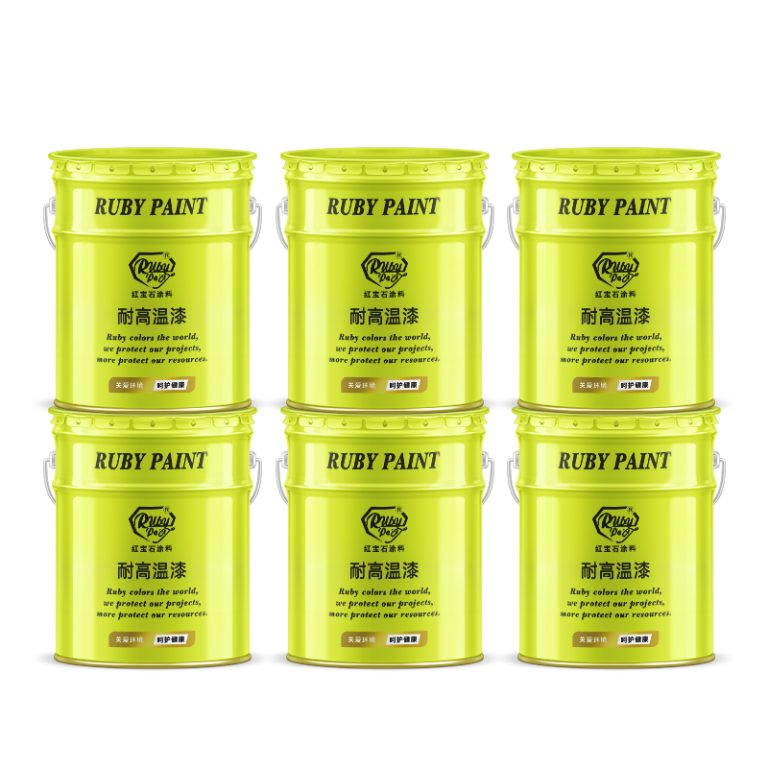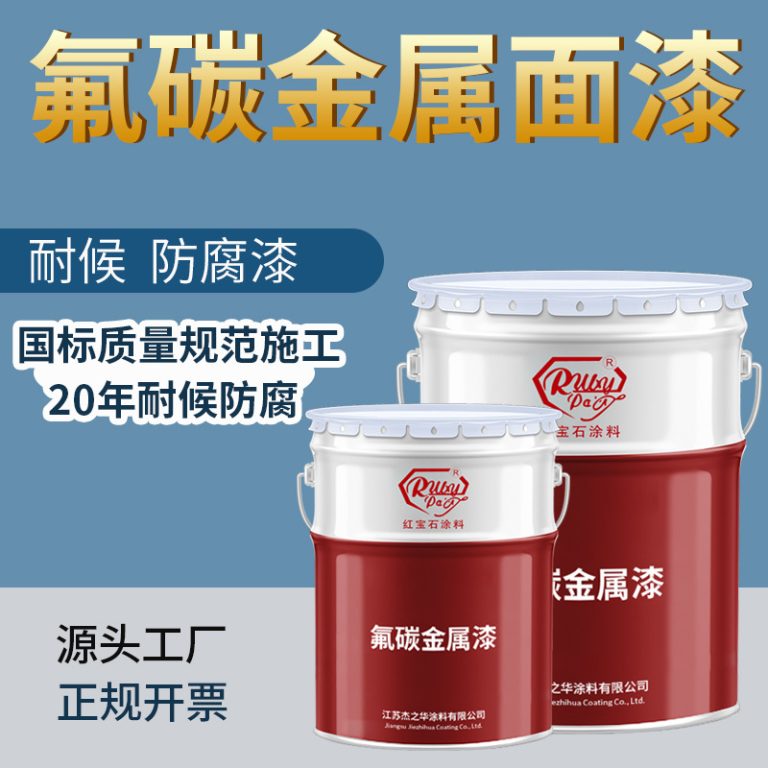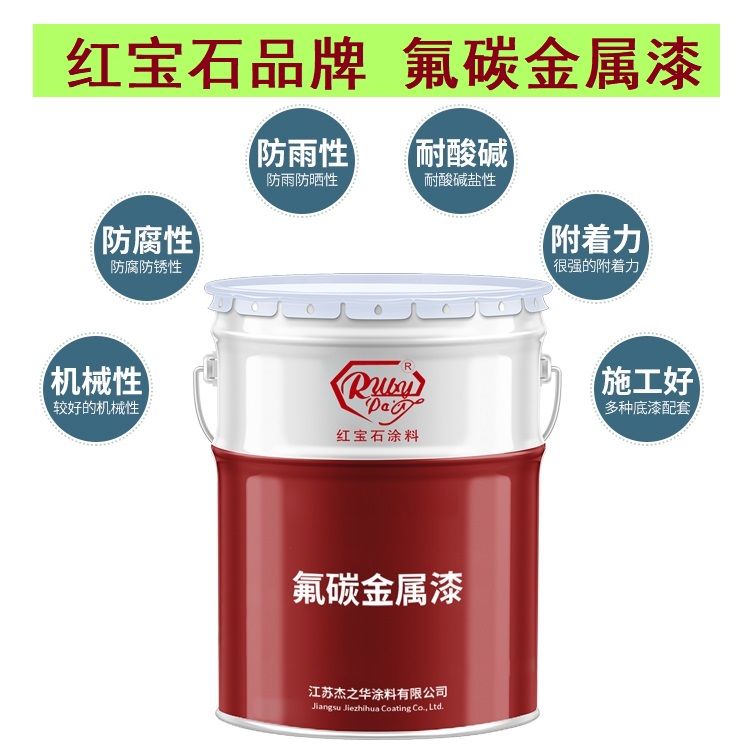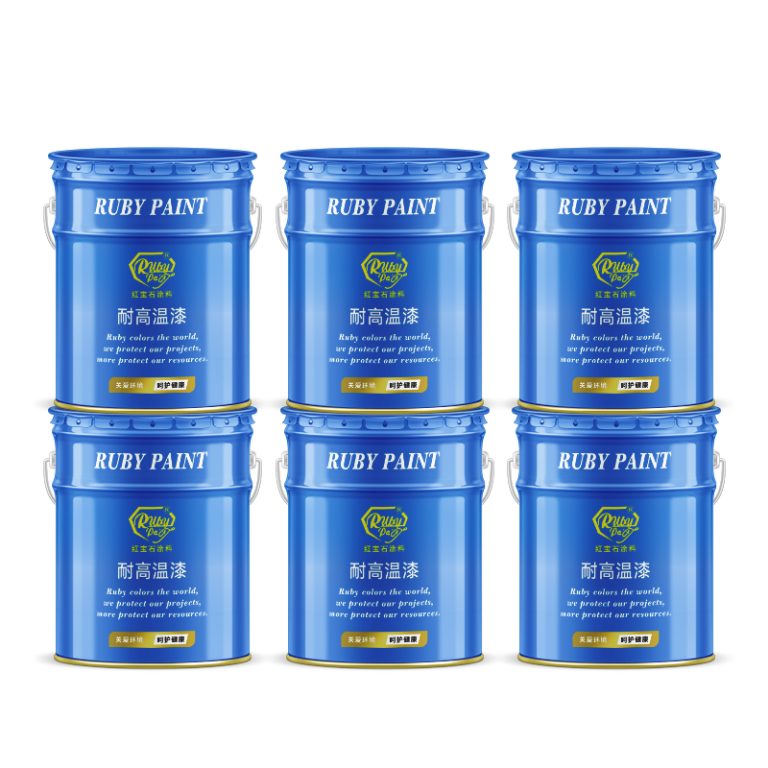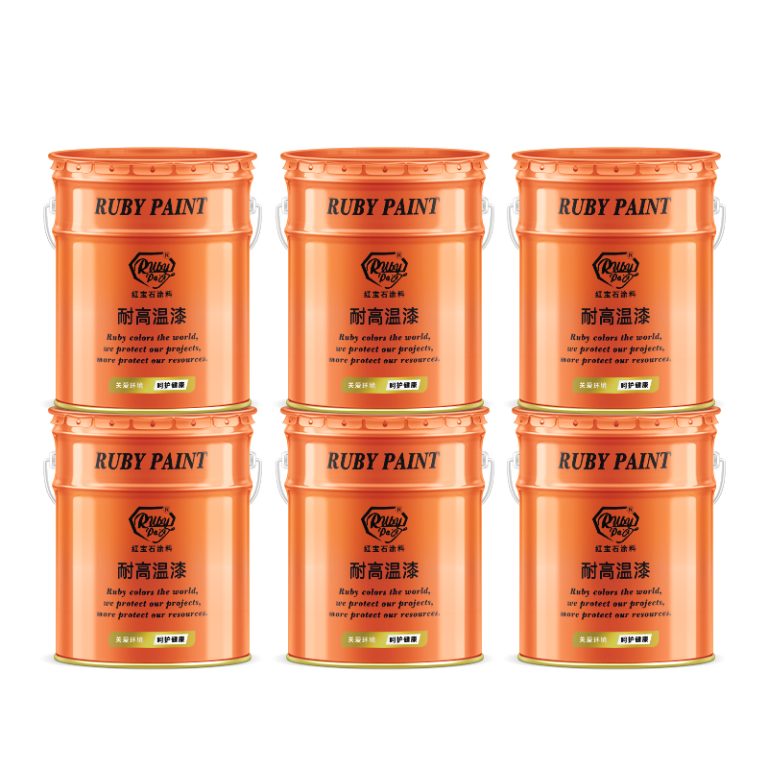Table of Contents
تحسين تركيبات التمهيدي الغنية بالإيبوكسي والزنك لمقاومة التآكل
لا.
المنتج
| الطلاء الصناعي | التطورات في تكنولوجيا الطلاء التمهيدي الغني بالإيبوكسي والزنك للطلاءات الصناعية |
| 1 | الرقم التسلسلي |
الاسم
طلاء إيبوكسي غني بالزنك
في قلب البادئات الغنية بالزنك الإيبوكسي يوجد غبار الزنك، وهو المكون المسؤول عن الحماية الجلفانية للركيزة المعدنية. عندما يتعرض المعدن لبيئات مسببة للتآكل، يعمل الزنك بشكل مضحٍ، ويتآكل بدلاً من الفولاذ. هذا هو شكل من أشكال الحماية الكاثودية، حيث يتآكل المعدن الأكثر نشاطًا (الزنك) بشكل تفضيلي، وبالتالي حماية المعدن الأقل نشاطًا (الفولاذ). يعد نقاء غبار الزنك وحجم جسيماته المستخدم في التركيبة من العوامل الحاسمة التي تؤثر على مستوى الحماية المقدمة. شهدت التطورات الحديثة تطوير جزيئات الزنك الدقيقة، والتي توفر مساحة سطح أكبر للحماية وتوزيعًا أكثر اتساقًا داخل الطلاء التمهيدي.
نظام راتنجات الإيبوكسي في هذه البادئات هو المسؤول عن الالتصاق ويشكل الرابط الذي يغلف الزنك حبيبات. يعد اختيار راتنجات الايبوكسي أمرًا بالغ الأهمية، لأنه يجب أن يتحمل البيئات القاسية التي تتعرض لها الهياكل الصناعية غالبًا. تستخدم التركيبات الحديثة راتنجات الإيبوكسي المتقدمة التي توفر خصائص التصاق محسنة ومقاومة كيميائية ومتانة. تم تصميم هذه الراتنجات للمعالجة باستخدام مواد صلبة توفر مصفوفة قوية، مما يضمن بقاء جزيئات الزنك في مكانها لتوفير حماية مستمرة.
| التقدم الرئيسي الآخر في تكنولوجيا الطلاء التمهيدي الغني بالإيبوكسي والزنك هو تحسين الخصائص الريولوجية للطلاء التمهيدي. يجب التحكم في لزوجة المادة التمهيدية بعناية لضمان إمكانية تطبيقها بالتساوي واختراق المخالفات السطحية للركيزة المعدنية. يعد هذا مهمًا بشكل خاص في تطبيقات الرش، حيث يجب أن يكون التمهيدي سائلًا بدرجة كافية ليتم ذريته، ولكن لزجًا بدرجة كافية لمنع الترهل وضمان سماكة موحدة للفيلم.
يعد التوازن بين محتوى الزنك وموثق الإيبوكسي أيضًا جانبًا مهمًا في الصياغة. يعد المحتوى العالي من الزنك أمرًا مرغوبًا فيه لتحقيق أقصى قدر من الحماية الجلفانية، ولكن يجب ألا يؤثر ذلك على الخواص الميكانيكية للفيلم المعالج. سمحت الابتكارات في عوامل التشابك وآليات المعالجة بتحميل الزنك بشكل أعلى مع الحفاظ على السلامة الميكانيكية للطلاء التمهيدي. وقد أدى ذلك إلى إنتاج بادئات يمكن أن توفر عمر خدمة أطول وتقليل تكاليف الصيانة. أثرت الاعتبارات البيئية أيضًا على تطور البادئات الغنية بالإيبوكسي والزنك. تشكل المركبات العضوية المتطايرة (VOCs) مصدر قلق في العديد من الطلاءات الصناعية بسبب تأثيرها على جودة الهواء وصحة الإنسان. استجاب القائمون على التركيبة من خلال تطوير مواد أولية غنية بالزنك والإيبوكسي منخفضة المركبات العضوية المتطايرة وخالية من المركبات العضوية المتطايرة. تستخدم هذه البدائل الصديقة للبيئة تقنيات تنقلها المياه وتركيبات عالية الصلابة تقلل من انبعاثات المذيبات دون التضحية بالأداء. تضمن التركيبة الدقيقة لهذه البادئات أنها تلبي المتطلبات الصارمة للتطبيقات الصناعية، مما يوفر حماية طويلة الأمد ضد التآكل. ومع استمرار الأبحاث في دفع حدود ما هو ممكن، يمكننا أن نتوقع رؤية المزيد من الابتكارات التي من شأنها تعزيز أداء واستدامة هذه الطلاءات الواقية الحيوية. يعد التطوير المستمر للبادئات الغنية بالإيبوكسي والزنك بمثابة شهادة على التزام الصناعة بحماية البنية التحتية والآلات ضد قوى التآكل التي لا هوادة فيها. |
Name |
| 1 | Epoxy Zinc rich paint |
At the heart of epoxy zinc rich primers is the zinc dust, which is the component responsible for the galvanic protection of the metal substrate. When the metal is exposed to corrosive environments, the zinc acts sacrificially, corroding in place of the steel. This is a form of cathodic protection, where the more active metal (zinc) corrodes preferentially, thereby protecting the less active metal (steel). The purity and particle size of the zinc dust used in the formulation are critical factors that influence the level of protection offered. Recent advancements have seen the development of finer zinc particles, which provide a greater surface area for protection and a more uniform distribution within the primer.
The epoxy resin system in these primers is responsible for the adhesion and forms the binder that encapsulates the zinc particles. The selection of the epoxy resin is crucial, as it must withstand the harsh environments to which industrial structures are often exposed. Modern formulations use advanced epoxy resins that offer enhanced adhesion properties, chemical resistance, and durability. These resins are designed to cure with hardeners that provide a robust matrix, ensuring that the zinc particles remain in place to offer continuous protection.

Another key advancement in epoxy zinc rich primer technology is the optimization of the primer’s rheological properties. The viscosity of the primer must be carefully controlled to ensure that it can be applied evenly and penetrate the surface irregularities of the metal substrate. This is particularly important in spray applications, where the primer must be fluid enough to be atomized, yet viscous enough to prevent sagging and ensure a uniform film thickness.
The balance between the zinc content and the epoxy binder is also a critical aspect of the formulation. A high zinc content is desirable for maximum galvanic protection, but this must not compromise the mechanical properties of the cured film. Innovations in crosslinking agents and curing mechanisms have allowed for higher zinc loadings while maintaining the mechanical integrity of the primer. This has resulted in primers that can offer longer service life and reduced maintenance costs.
Environmental considerations have also influenced the evolution of epoxy zinc rich primers. Volatile organic compounds (VOCs) are a concern in many industrial coatings due to their impact on air quality and human health. Formulators have responded by developing low-VOC and even VOC-free epoxy zinc rich primers. These environmentally friendly alternatives employ waterborne technologies and high-solids formulations that reduce solvent emissions without sacrificing performance.
In conclusion, the advancements in epoxy zinc rich primer technology represent a confluence of material science, chemistry, and environmental engineering. The meticulous formulation of these primers ensures that they meet the stringent demands of industrial applications, providing long-lasting protection against corrosion. As research continues to push the boundaries of what is possible, we can expect to see further innovations that will enhance the performance and sustainability of these vital protective coatings. The ongoing development of epoxy zinc rich primers is a testament to the industry’s commitment to safeguarding infrastructure and machinery against the relentless forces of corrosion.

